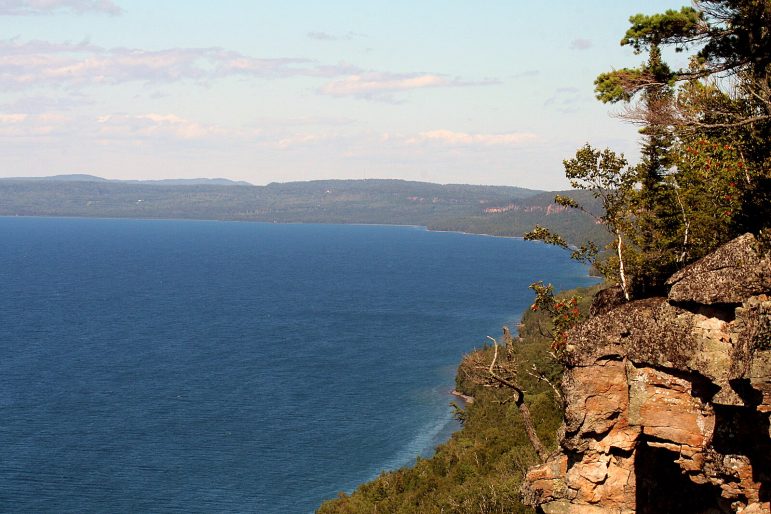
By Georgia Hill
Rising temperatures and changing environmental conditions in the Great Lakes contribute to harmful algal blooms. New research suggests that the nearshore regions of Lake Superior could indicate climate change’s effects on the region’s ecosystem.

By Emilio Perez Ibarguen
An Ottawa County legislator, who is also a dairy farmer, says the Environment, Great Lakes and Energy regulations of animal waste are too strict and harm businesses. The Michigan Environmental Council says strict rules are necessary, as does a Lenawee County farmer-activist who provides water testing training to rural communities.

By Finn Mills
here’s a proposal from a West Bloomfield senator to tighten state regulation of pet cemeteries, sparked in part by problems with a Howell pet cemetery that shut down in 2018, leaving pet owners to exhume the remains of their departeds.

By Victoria Witke
Consistent training of dairy farm workers can prevent mastitis, and improve milk quality and employee communication, according to a recent MSU study. The dairy industry contributes $15.7 billion yearly to the state economy. Huron and Clinton counties host the greatest number of dairy cows, and Lenawee, Missaukee and Ionia counties also have lots of them.
More Headlines




